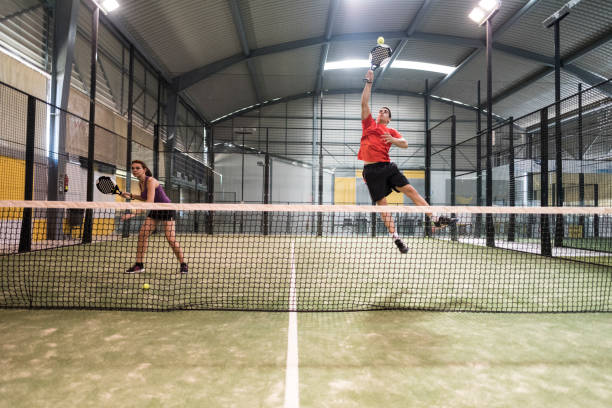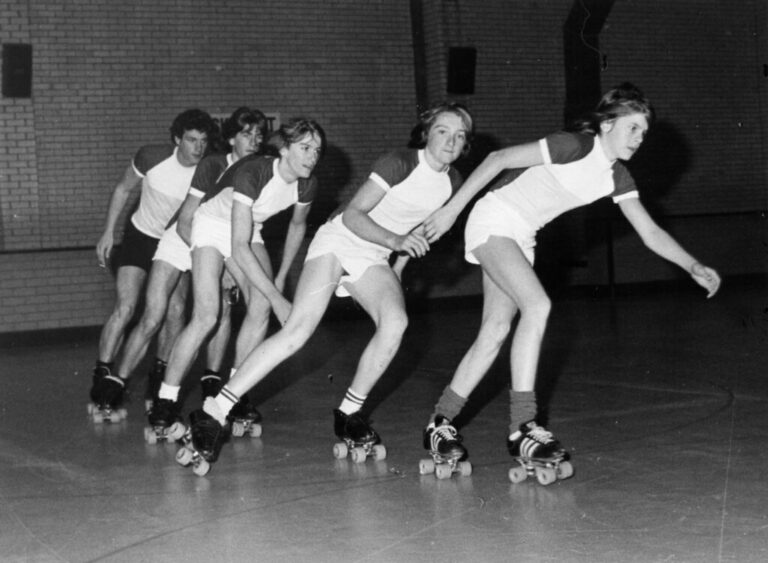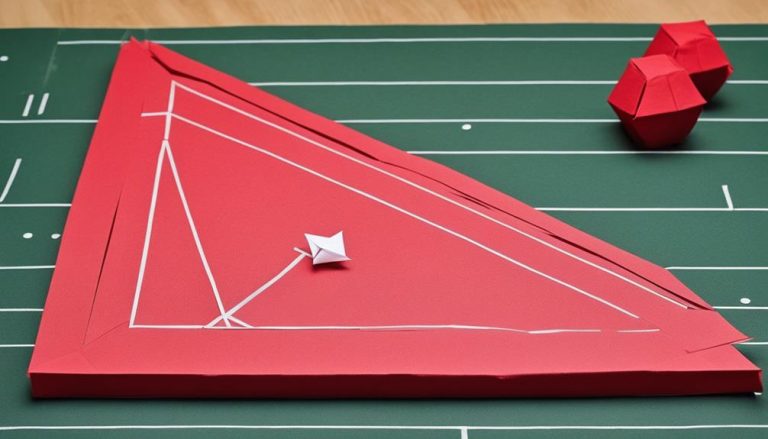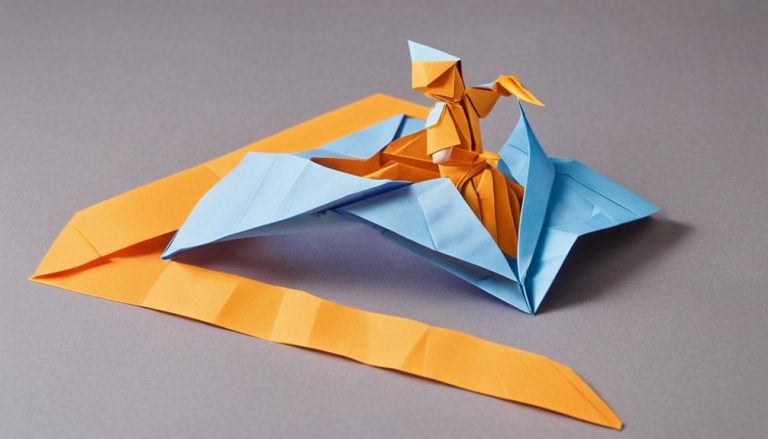General Rules of Vert Skateboarding
Imagine the adrenaline rush as you glide through the air, defying gravity and conquering the concrete jungle on your skateboard. But before you take that leap, it’s essential to familiarize yourself with the general rules of vert skateboarding. This article will serve as your ultimate guide, covering everything from safety gear to mastering tricks, to help you become a skilled vert skateboarder. So, grab your board, put on your helmet, and let’s dive into the exhilarating world of vert skateboarding.

Vert skateboarding is all about pushing the limits and pushing yourself higher. It involves riding on a vertical ramp, also known as a halfpipe, which allows skaters to perform impressive aerial tricks and maneuvers. However, mastering vert skateboarding requires more than just bravery and a sense of adventure. It requires discipline, technique, and a solid understanding of the rules that ensure both your safety and the safety of those around you.
One of the first rules of vert skateboarding is to always wear appropriate safety gear. Helmets, knee pads, elbow pads, and wrist guards are essential to protect yourself from potential injuries. Additionally, wearing proper skate shoes with good traction will enhance your control and stability on the board.
Understanding the basic structure of a halfpipe is also crucial. A typical halfpipe consists of two opposing ramps connected by a flat platform. The transition, or curve, of the ramps is what allows skaters to gain momentum and perform tricks. Familiarize yourself with the different sections of the halfpipe, such as the coping (the metal or plastic edge on top of the ramp) and the deck (the flat platform).
In the world of vert skateboarding, mastering tricks is a fundamental skill. Start with basic tricks like dropping in, pumping, and carving to build your confidence and control. As you progress, you can challenge yourself with more advanced tricks like airs, grinds, and lip tricks.
By following the general rules of vert skateboarding, you’ll not only improve your skills but also ensure a safe and enjoyable experience. So, get ready to soar higher, push harder, and join the passionate community of vert skateboarders who live for the thrill of defying gravity.
Safety Gear
To ensure your safety while vert skateboarding, it’s essential to wear protective gear. Skateboarding is an exciting and thrilling sport, but it also comes with its fair share of risks. By equipping yourself with the right safety gear, you can minimize the chances of injury and enjoy the sport to its fullest.
First and foremost, let’s discuss skateboard maintenance. Before you even think about hitting the vert ramp, it’s crucial to ensure that your skateboard is in proper working condition. Regularly check the trucks, wheels, and bearings for any signs of wear and tear. Replace any damaged parts promptly to avoid potential accidents. Additionally, keep your skateboard clean and free from debris that could affect its performance. Regularly wipe it down and remove any dirt or grime that may have accumulated.
Moving on to choosing the right safety gear, there are a few key items that you should never go without. The most important piece of protective gear is a helmet. Look for a helmet that meets safety standards and fits snugly on your head. It should sit low on your forehead, with the chin strap securely fastened. Next, invest in a pair of knee and elbow pads. These will provide crucial protection for your joints in case of a fall or collision. Finally, don’t forget about wrist guards. They can help prevent fractures and other wrist injuries that are common in skateboarding.
Skatepark Etiquette
When it comes to skatepark etiquette, there are a few key points to keep in mind.
Firstly, it’s important to respect other skaters and their space, allowing everyone to have their turn and avoiding any unnecessary collisions.
Secondly, sharing the ramps is crucial, ensuring that everyone has a chance to skate and enjoy the park.
Lastly, following the park rules is essential for the safety and enjoyment of all skaters, so be sure to adhere to any posted guidelines and regulations.
Respect Other Skaters
Show respect to fellow skaters at the skatepark by following proper skatepark etiquette. Being mindful of others not only fosters a sense of skatepark camaraderie but also helps maintain a positive skatepark culture.
Here are four essential guidelines to remember:
-
Wait your turn: Patience is key. Allow others to complete their runs before starting yours. This ensures a fair and safe environment for everyone.
-
Communicate effectively: Use hand signals or simple gestures to let others know when you’re about to drop in or when you’re done with your run. Clear communication prevents accidents and confusion.
-
Share the space: The skatepark is a communal area, so make sure to share ramps, rails, and other features. Be aware of your surroundings and avoid hogging any particular area for too long.
-
Offer encouragement: Skateboarding is about supporting each other. Applaud and cheer for fellow skaters when they land tricks or try new maneuvers. Building each other up creates a positive atmosphere and strengthens the skatepark community.
Share the Ramps
Be considerate of your fellow skaters and share the ramps at the skatepark to ensure a fair and inclusive experience for everyone.
Skatepark design and ramp construction are carefully planned to accommodate multiple skaters at once, but it’s important to remember that everyone wants a chance to ride.
When you’re using a ramp, be mindful of others waiting their turn. Don’t hog the ramp for an extended period, and avoid taking up unnecessary space.
Share the space and let others have their fair share of the fun. If you see someone waiting patiently, offer to let them go next.
By sharing the ramps, you create a sense of belonging and community, making the skatepark a welcoming place for all skaters.
Follow Park Rules
To ensure a smooth and respectful skatepark experience, always abide by the park rules and practice proper skatepark etiquette. Following park rules not only ensures everyone’s safety but also promotes a sense of belonging within the skateboarding community.
Here are some guidelines to help you navigate the skatepark effectively:
-
Respect the park: Be mindful of park maintenance by not damaging or defacing any structures. Keep the park clean by disposing of trash properly.
-
Take turns: Share the ramps and give everyone a fair chance to skate. Avoid hogging a specific spot for too long.
-
Communicate: Use hand signals or verbal cues to let others know your intentions. This helps prevent collisions and promotes a cooperative environment.
-
Be considerate during competitions: When skateboarding competitions or events are taking place, be supportive and cheer on your fellow skaters. Avoid disrupting the flow of the event by keeping noise to a minimum.
Drop-In Technique
To master the drop-in technique, proper foot placement is crucial. Placing your front foot slightly angled towards the nose of the skateboard and your back foot on or slightly behind the tail will give you stability and control as you descend into the ramp. However, be aware of common drop-in mistakes such as placing your feet too close together, which can lead to instability, or leaning too far forward, which may cause you to lose balance and potentially fall.
Foot Placement for Drop-In
Place your front foot on the skateboard’s nose and your back foot on the tail for the drop-in technique in vert skateboarding. Correct foot placement is crucial for maintaining balance and control while performing this maneuver. Here’s a breakdown of the key elements to consider:
-
Front Foot Position: Keep your front foot angled diagonally across the skateboard’s nose, with the ball of your foot near the edge. This position allows for better control and stability during the drop-in.
-
Back Foot Placement: Position your back foot on the tail, with your toes hanging off slightly. This placement helps generate power and ensures proper weight distribution throughout the trick.
-
Body Positioning: As you prepare to drop-in, bend your knees slightly for stability and keep your weight centered over the skateboard. This will help you maintain control and absorb any impact upon landing.
-
Balance and Adjustments: Once you’re in the drop-in position, focus on maintaining balance by keeping your core engaged and your eyes forward. Make small adjustments with your feet and body as necessary to stay balanced and in control.
By following these guidelines, you’ll be able to achieve proper foot placement and body positioning for successful drop-ins in vert skateboarding.
Common Drop-In Mistakes
As you prepare to drop in, it’s important to be aware of common mistakes that can occur during the drop-in technique in vert skateboarding.
One common mistake isn’t fully committing to the drop-in. It’s natural to feel a bit nervous when first attempting this trick, but hesitating or backing out at the last moment can lead to a fall or loss of balance.
Another mistake isn’t bending your knees enough during the drop-in. This can result in a shaky start and lack of stability as you transition from the top of the ramp to the vertical surface.
Lastly, failing to master transitions between ramps can make drop-ins more challenging. It’s crucial to practice smooth transitions to maintain momentum and flow throughout your skateboarding session.
Pumping and Carving
Use your body movements to generate speed and control your line while vert skateboarding. Pumping and carving are essential techniques that will help you navigate the vert ramp with style and precision. Here are some tips to help you master these skills:
-
Pumping techniques: Pumping is all about using your body to gain momentum and maintain speed. Start by bending your knees and pumping your legs up and down in a fluid motion. As you approach the transition, extend your legs to push against the ramp and generate more speed. Remember to use your arms to help you maintain balance and control. By mastering pumping, you’ll be able to generate speed without relying solely on gravity.
-
Carving tips: Carving allows you to change direction smoothly while maintaining speed. To carve effectively, shift your weight from your heels to your toes as you approach the transition. Use your shoulders and hips to initiate the turn, leaning into the ramp to maintain control. As you come out of the turn, transfer your weight back to your heels and prepare for the next carve. By mastering carving, you’ll be able to flow seamlessly from one trick to another, creating a continuous and fluid line.
-
Timing and rhythm: Timing is crucial in pumping and carving. Pay attention to the transitions and adjust your body movements accordingly. Find the rhythm of the ramp and use it to your advantage. Experiment with different timing and speed to find what works best for you.
-
Body positioning: Proper body positioning is essential for effective pumping and carving. Keep your body low and centered over your board, with your knees slightly bent. This will help you maintain control and stability while generating speed. Use your arms to counterbalance your movements and keep your upper body aligned with your board.
Air Tricks
Mastering the art of vert skateboarding involves incorporating air tricks, taking your skills to new heights and defying gravity. When it comes to air tricks, there are two main categories: grab variations and spin tricks.
Let’s delve into each of these categories and explore some of the most popular tricks within them.
Grab variations are all about adding style and flair to your jumps. They involve reaching down and grabbing the skateboard while in mid-air. One popular grab variation is the Indy grab, where you reach between your legs with your back hand and grab the toe edge of the board. Another classic grab is the Melon grab, where you reach behind your front leg and grab the heel edge of the board. These grabs not only showcase your control and balance but also add a sense of individuality to your tricks.
Spin tricks, on the other hand, are all about rotation and technicality. One of the most basic spin tricks is the 180, where you rotate your body and board a complete 180 degrees in mid-air. As you progress, you can try more advanced spin tricks like the 360, 540, or even the elusive 900. These tricks require precise timing, coordination, and a deep understanding of your board’s rotation.
Incorporating grab variations and spin tricks into your vert skateboarding repertoire won’t only impress your peers but also push your skills to new levels. Remember to start small and gradually progress as you gain confidence and control. With practice and dedication, you’ll soon be defying gravity and soaring through the air with style and grace.
Spine and Transfer Tricks
To continue expanding your vert skateboarding skills, let’s explore spine and transfer tricks, which add a new level of excitement and challenge to your repertoire. Mastering spine transfers allows you to seamlessly transition from one ramp to another, showcasing your control and precision. Here are some spine transfer variations to help you take your skateboarding to the next level:
-
The Basic Spine Transfer: Start by riding up one ramp and launching yourself off the lip. As you reach the peak of your jump, turn your body and board in the opposite direction, landing on the other ramp’s transition. Keep your knees bent and your body balanced to ensure a smooth landing.
-
The Alley-Oop Transfer: This trick adds a stylish twist to your spine transfer. Instead of turning in the opposite direction mid-air, rotate your body and board in the same direction as your launch ramp. This requires more skill and control, but it’s a great way to impress your audience.
-
The Gap Transfer: If you’re feeling adventurous, try transferring over a gap between two ramps. This trick requires precise timing and a strong pop off the lip. Make sure to clear the gap and land safely on the other ramp’s transition.
-
The Handplant Transfer: Take your spine transfers to new heights by incorporating a handplant. As you launch off the first ramp, use your front hand to grab the coping of the other ramp. Maintain your balance and control as you transfer your weight onto your hand and smoothly transition onto the other ramp.
By mastering spine transfers and experimenting with different variations, you’ll elevate your vert skateboarding skills and impress your fellow skaters. Remember to always prioritize safety and wear appropriate protective gear.
Keep pushing your limits and enjoy the thrill that spine and transfer tricks bring to your skateboarding journey.
Bail and Fall Techniques
When falling during vert skateboarding, it’s important to focus on landing safely and protecting yourself using proper bail techniques. Bail recovery and minimizing impact are key aspects of these techniques.
When you find yourself losing control or about to fall, it’s crucial to stay calm and react quickly. As you begin to lose balance, try to shift your weight towards the direction you’re falling to increase your chances of landing safely. By doing this, you can avoid falling on your back or head, which can result in serious injuries.
To further minimize impact, it’s important to learn how to roll out of a fall. Rolling can distribute the force of impact and reduce stress on your body. As you fall, tuck your arms in and try to roll diagonally across your back, shoulder, and hip. This technique allows you to distribute the impact across a larger area of your body, reducing the chances of injury.
Another bail recovery technique is to use your hands and knees to absorb the impact. When falling, try to land on your hands and knees instead of your face or chest. This will help you absorb the impact and reduce the risk of injury.
Additionally, wearing protective gear such as helmets, knee pads, and elbow pads can provide an extra layer of protection and minimize the impact on your body.
Frequently Asked Questions
What Are Some Common Mistakes Beginners Make When Attempting Drop-In Techniques?
When you’re starting out with drop-in techniques, it’s common for beginners to make a few mistakes. One of the most common mistakes isn’t having enough balance and stability. It’s important to work on improving these skills before attempting drop-ins.
Another mistake isn’t properly pumping and carving to generate speed and control. By focusing on these techniques, you’ll be able to master drop-ins and feel more confident on your skateboard.
How Can I Improve My Balance and Stability While Pumping and Carving on a Vert Ramp?
To find your balance and stability while pumping and carving on a vert ramp, it’s like riding a wave. Position your body low and centered, distributing your weight evenly. As you gain speed, focus on your timing and control.
Use your body to guide the board, shifting your weight smoothly and purposefully. With practice, you’ll master the art of pumping and carving, unlocking the door to executing advanced air tricks on the vert ramp.
Ride the wave and soar!
Are There Any Specific Tips for Executing Advanced Air Tricks on a Vert Ramp?
When it comes to executing advanced air tricks on a vert ramp, there are a few tips and techniques that can help you out.
First, focus on building up your speed and momentum before attempting any tricks. This will give you more height and control in the air.
Additionally, practice your timing and coordination to ensure smooth landings.
What Precautions Should I Take to Avoid Injuries While Attempting Spine and Transfer Tricks?
When attempting spine and transfer tricks on a vert ramp, it’s crucial to take certain precautions to avoid injuries.
First, always wear proper protective gear, such as a helmet and pads, to protect yourself from potential falls.
Secondly, make sure to warm up and stretch before attempting any tricks to prevent muscle strains or pulls.
Lastly, start with smaller tricks and gradually progress to more advanced ones, ensuring that you have the necessary skills and control.
Can You Provide Some Advice on How to Minimize the Impact and Prevent Injuries When Bailing or Falling During a Vert Skateboarding Session?
When it comes to vert skateboarding, preventing injuries is crucial. One technique to minimize impact when falling is to roll with the fall. Instead of putting all your weight on your hands or wrists, try to distribute it across your arms and shoulders by rolling into the fall. This helps to absorb the impact and reduce the risk of injury.
Another tip is to always wear protective gear, such as a helmet, knee pads, and elbow pads, to provide an extra layer of protection.
Stay safe out there!






